Ten years ago I posted a set of blue Nissan Prairie twins I encountered in my hometown in Down on the Street. I happened to see one of the pair occasionally, the latest encounter happened three years ago in 2021 at a petrol station. As I wrote a few months ago, I bring my daughter to school in a neighbouring town and I tend to explore the area to find quicker routes or to avoid traffic. On one such route, I was able to find the Prairie hideout!
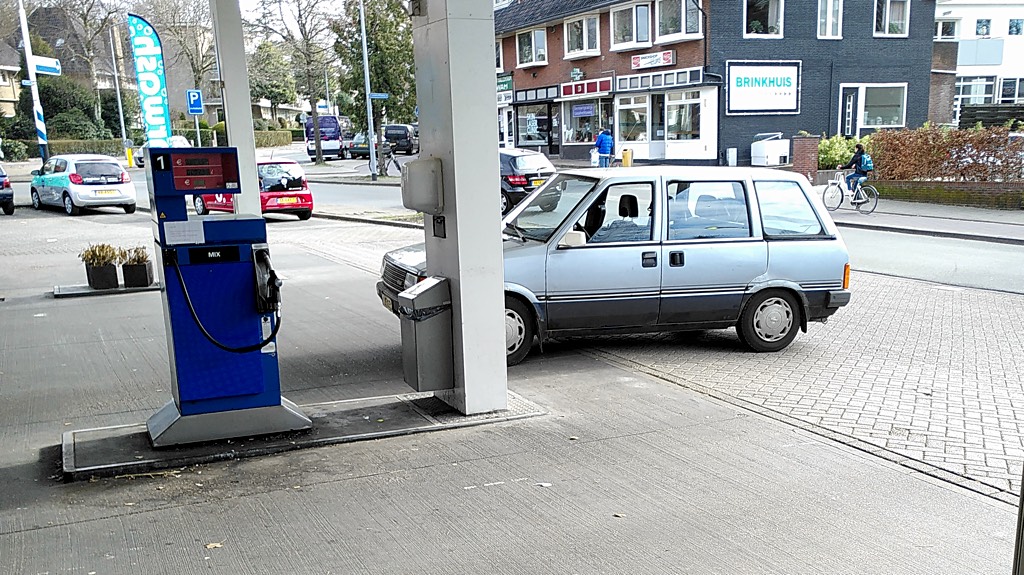
Nissan Prairie and Stanza Wagon
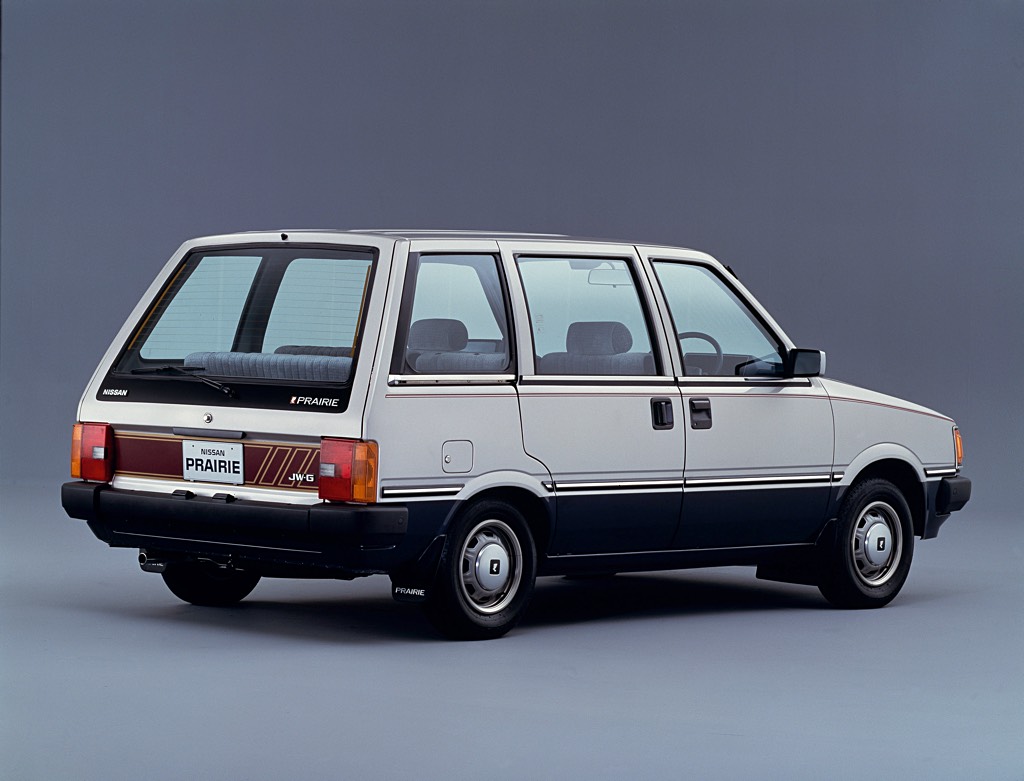
The Nissan Prairie was sold in Europe, just like in Japan, under the Prairie name. In Canada it was called the Multi and in the US the Stanza Wagon. Nissan introduced the Prairie in Japan on August 24th 1982. The Prairie was heavily inspired by the 1979 Lancia Megagamma concept (designed by Giugiaro and Italdesign) and became the first commercial MPV sold. Based upon the new front-wheel-drive Nissan Sunny platform, it offered a lot of interior space. Due to the B-pillar missing and its sliding doors, the entry to the Prairie was easy. The interior space was enormous, and spacious and featured a third row of seats.
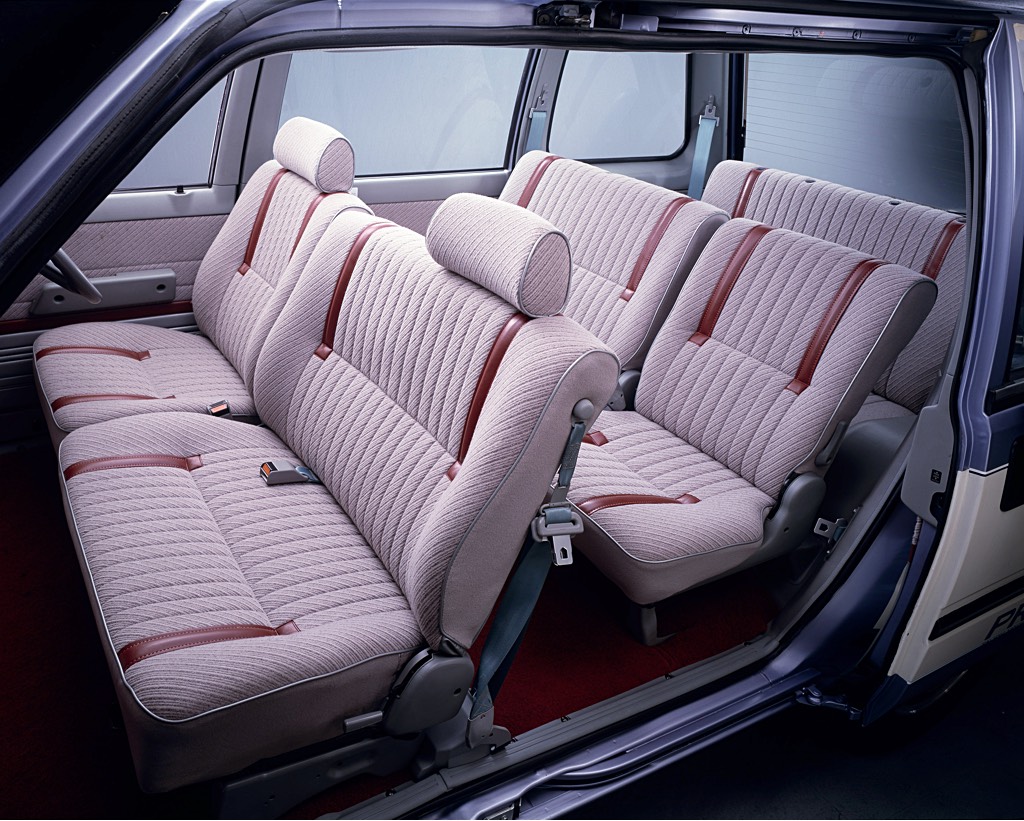
In Europe, we got the choice between the 1.5-litre E15S and the 1.8-litre CA18 engines where the latter was far more popular. It was an instant hit and sold between 1982 and 1988. In Europe it became a slow but steady seller, meaning it sold well even near the end of production!
A vast Nissan Prairie collection
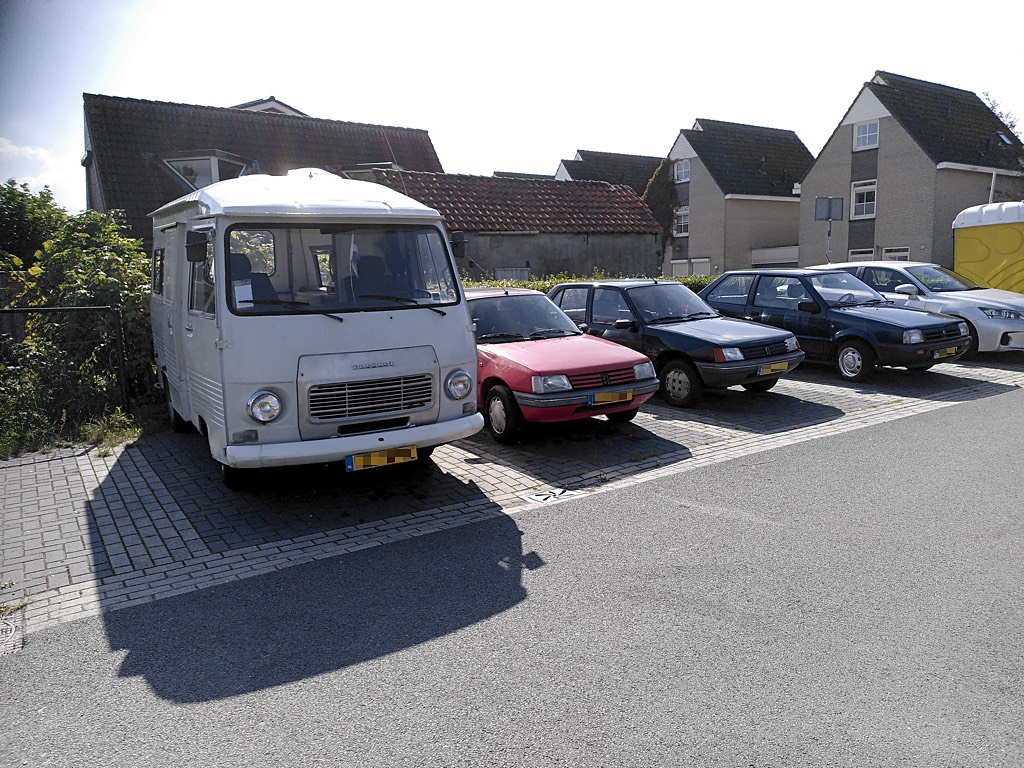
I was happy to find that one of the two blue Prairies I saw ten years ago was still in regular use. This was the 1985 Nissan Prairie. Sure it looks a bit more beaten up than 10 years ago, but that was to be expected. It was parked in a parking lot alongside some other classic cars, like a couple of Peugeot 205s, a posh 6-cylinder Volvo 164, a Nissan Micra and some historic vans.
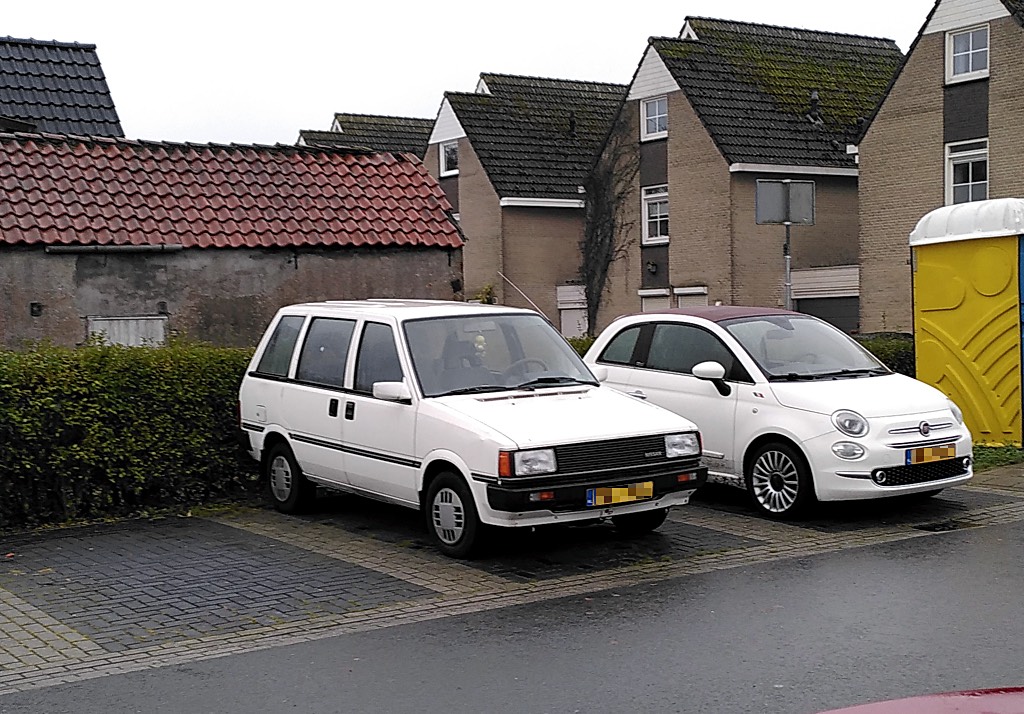
But then one day another Prairie appeared. The Prarie is a 1987 car in white. This Prairie is the complete opposite of the blue Prairie: it appeared to be well-maintained and had low mileage. It was almost as if I was looking at the two daughters from the Frau Holle fairytale: one older and did all the work and the other beautiful but spoiled and lazy.
Almost never at the same time
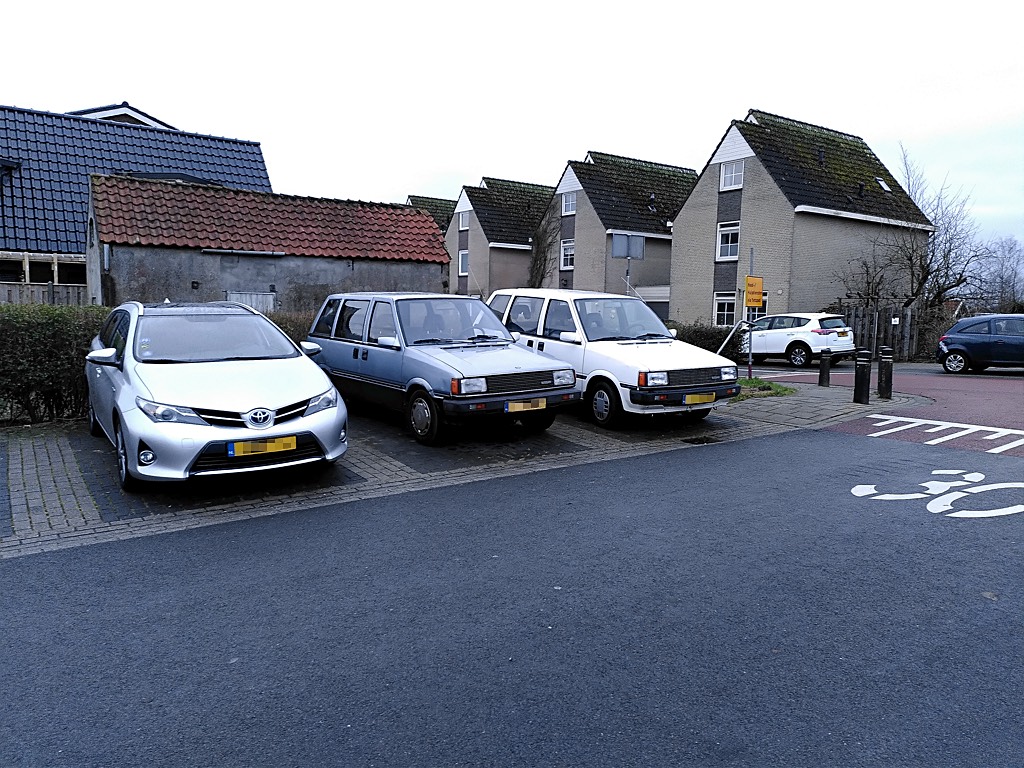
When I’m doing the school run every morning, I simply can’t stop and take photos of the two Prairies as I need to arrive in time at school. On the return trip most of the time one would have magically disappeared. So it took me quite a while to find an odd occasion where both of the Prairies would be together in the parking lot. So on a cold winter morning, I had my lucky break and both of them had been parked next to each other!
1984 Datsun to Nissan rebrand

The blue Prairie features a Nissan logo on the bonnet. 1984 was the last year that the Datsun brand existed in the Netherlands and 1985 introduced the Nissan brands. In 1984 cars were still badged as Datsuns and received an additional Datsun by Nissan badge. In 1985 they switched over to Nissan-only. Strangely enough, the white Prairie doesn’t have a Nissan logo on the bonnet, just a Nissan badge on the grill.
Nissan Prairie kilometre-eater
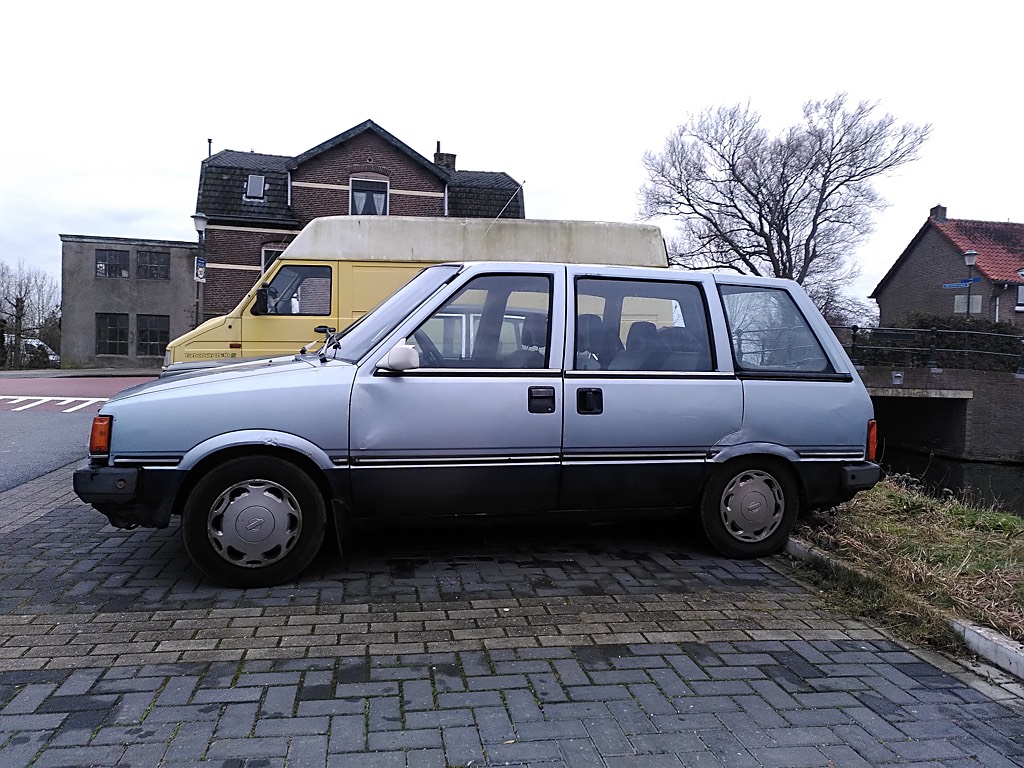
When I checked the blue Prairie in the Dutch register, I found out it received a liquid petrol gas (LPG) conversion a long time ago. In the Netherlands LPG is about half the price of petrol, but cars with these conversions are heavily taxed. People who drive many kilometres (we call them kilometervreters or kilometre-eaters in a literal translation) do these conversions as it’s cheaper. This offset currently is about 20,000 kilometres (12,500 miles). In the case of this Prairie, next year this offset will be at 0 kilometres as 40-year-old cars are exempted from road tax entirely. It would be a good thing for this owner to hang on to this Prairie!
Decades of ownership
Speaking of hanging on to these cars, the white Prairie last switched ownership in 2003 and the blue Prairie in 1998. This owner definitely is a big Prairie enthusiast! That definitely shows on the white Prairie as he put a tiny white Prairie on the dashboard. I don’t think it’s a Tomica Vintage Neo model as those have smaller JDM plates, so my suspicion is that it’s one created by Solido.
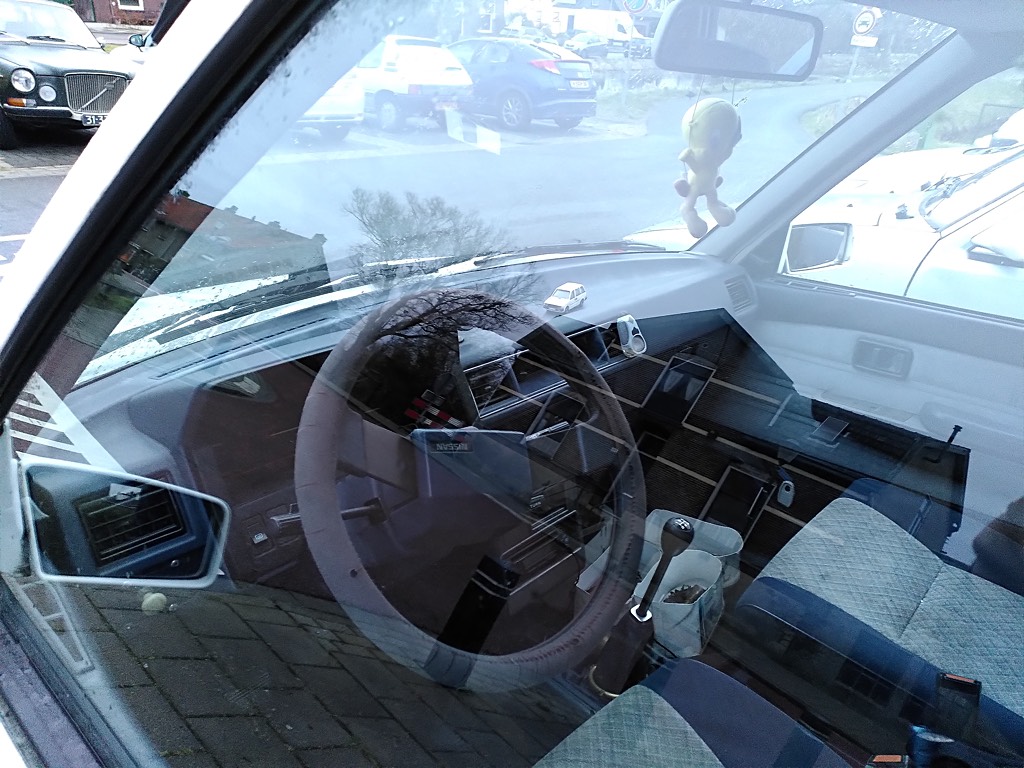
I suspect some of the other cars in the parking lot are also owned by this owner. The reason why is because of the Renault badge on the dashboard of the blue Prairie. I don’t think it’s a coincidence there is such a wild bunch of classic cars in the same spot. Probably the owner treats it as his/her own private collection.
Conclusion
I was happy to finally have found both Prairies parked next to each other. I didn’t look into the specifics of these cars until writing this blog post. If I had known the blue one had LPG conversion, I would have tried to get an odometer reading to see how far it had travelled. It’s pretty beaten up and if this Prairie could talk it probably would tell stories all day!
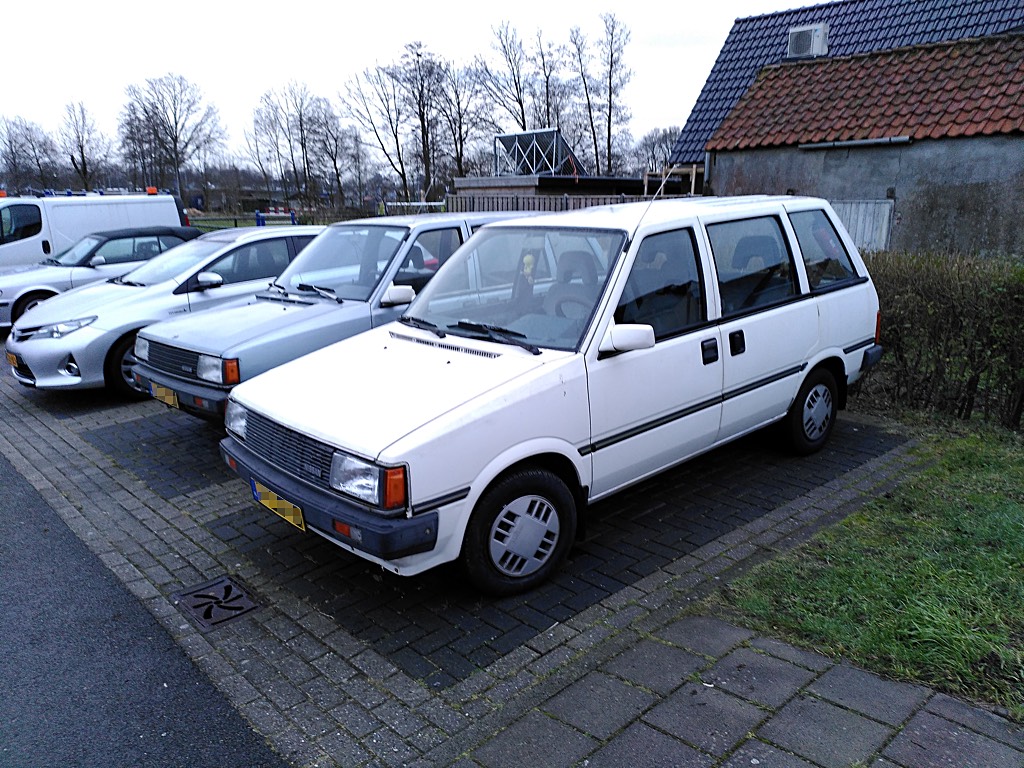
Now what do you think about this Prairie collector? Does the collector cherish his/her cars well enough? Is it good to have a daily beater to preserve another one?
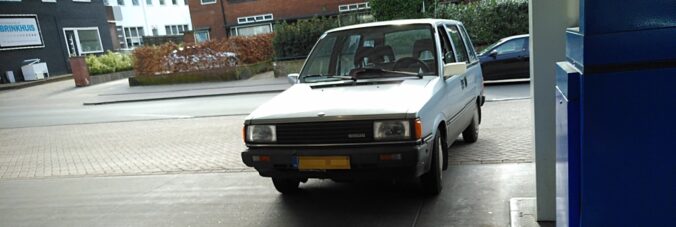
Leave a Reply